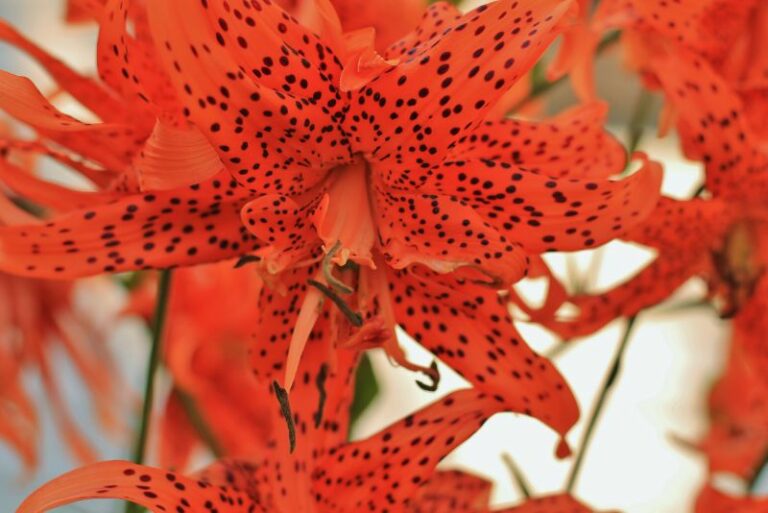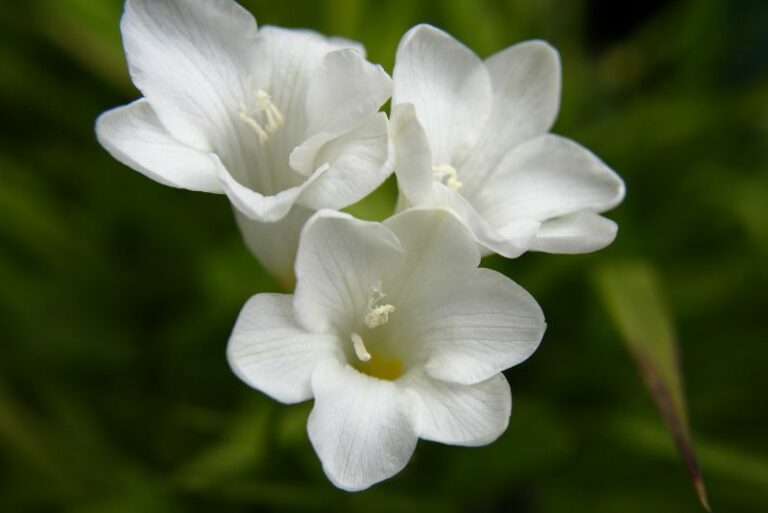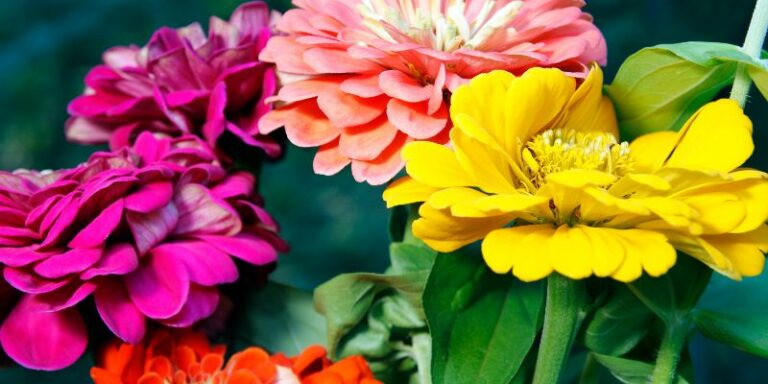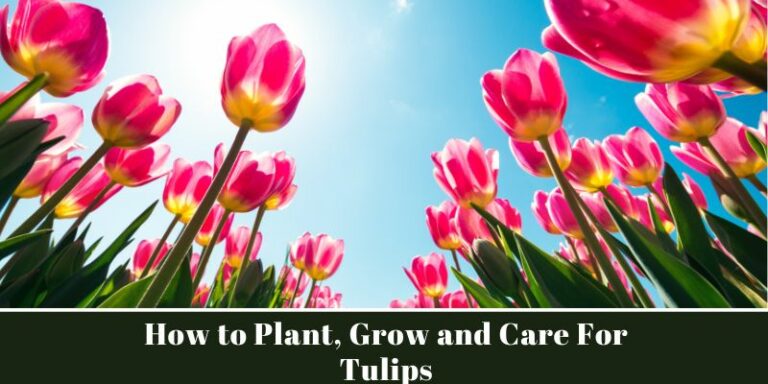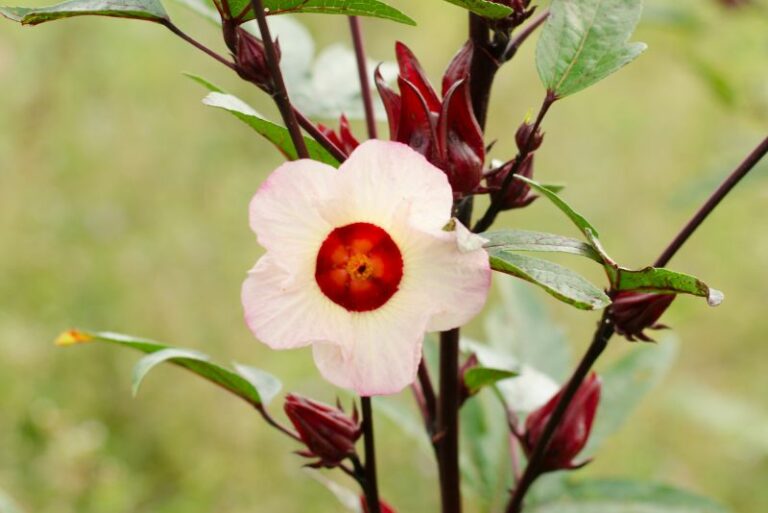How to Identify and Treat Jasmine Diseases: A Gardener’s Comprehensive Guide
Lush, fragrant, and often symbolic of love and affection, jasmine plants adorn gardens and balconies around the world. However, these delicate blossoms are not invulnerable to the trepidations of plant diseases. Understanding the signs, causes, and treatments of diseases that affect jasmine is crucial for gardeners, plant pathology students, and horticulture professionals. In this comprehensive guide, we will explore how to identify and treat the most common jasmine diseases, ensuring your jasmine plants stay healthy and blooming.
The Importance of Healthy Jasmine Plants
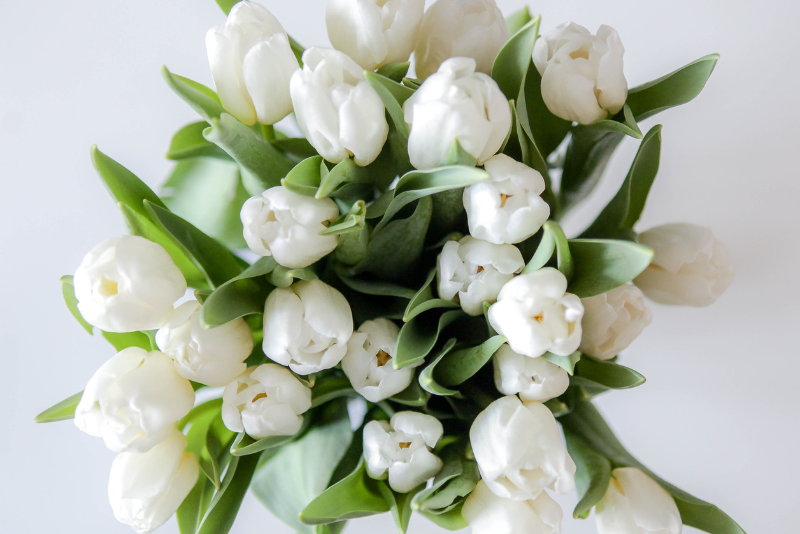
Before we plunge into the specifics of jasmine diseases, it’s important to underscore the role of healthy plants in our lives and environment. Jasmine plants, known for their beauty and calming scent, play a significant part in our psychological well-being. From reducing stress to purifying the air, these plants offer a myriad of benefits. A healthy jasmine is not only a visual luxury but also an active contributor to our mental and physical health.
Common Jasmine Diseases
There are several diseases that commonly strike jasmine plants, each with its own set of symptoms and treatment strategies.
Powdery Mildew
Powdery mildew is a fungal disease that leaves a white, powdery substance on the leaves and stems. It thrives in warm, dry conditions, and it’s often a problem in the late summer and early fall. Affected plants may appear stunted or deformed as a result of the infection.
Leaf Spot
Leaf spot is another fungal disease, characterized by the presence of dark, water-soaked spots on the plant’s leaves. As the disease progresses, the spots may enlarge and eventually cause defoliation if left untreated.
Root Rot
Caused by various fungi, root rot is a serious problem that affects the roots of jasmine plants, leading to wilting, browning of the leaves, and sometimes death. This disease is especially concerning as it often goes unnoticed until severe damage has occurred below ground.
Identification Techniques
Recognizing the early signs of disease can be the difference between saving a plant and losing it. Here, we’ll look at some techniques to identify common jasmine diseases.
Visual Symptoms
Understanding the visual cues of diseases is often the first step in identification. With powdery mildew, look for that characteristic white dust; with leaf spot, you’re searching for those dark spots on the leaves. Root rot symptoms are trickier since they manifest underground, but wilting plants and yellowing leaves can be indicators.
Diagnostic Tools
For more uncertain cases, diagnostic tools like hand lenses or even sending samples to a plant pathology lab can be highly useful. A hand lens allows you to see beyond what the naked eye can distinguish, and professional testing can confirm a suspicion and provide detailed information about the disease.
Treatment and Prevention Strategies
Once you’ve identified the disease affecting your jasmine, it’s time to take action. Here are the treatment and prevention techniques you can employ.
Cultural Practices
Cultural practices are the first line of defense in keeping jasmine plants healthy. This includes proper irrigation to prevent overwatering and waterlogging, which can exacerbate diseases like root rot. Regular inspection and cleaning of the plant and its immediate environment can also prevent the spread of diseases.
Organic Remedies
For gardeners looking to avoid harsh chemicals, organic remedies can be effective against many jasmine diseases. Common options include neem oil for powdery mildew and various compost teas to boost the plant’s natural defenses against diseases.
Chemical Treatments
In severe cases, chemical treatments may be the only effective solution. Always choose a pesticide that’s labeled for use on jasmine, and follow the instructions meticulously to protect both the plant and the environment.
Case Studies or Examples
To bring these strategies to life, consider a case study where a gardener effectively combated powdery mildew by pruning heavily infested parts, followed by spraying the plant with an organic potassium bicarbonate solution. Each case study illustrates the progression of the disease, the strategy employed, and the resulting plant health.
Conclusion
This detailed understanding of identifying and treating jasmine diseases is not just for enhancing the aesthetic appeal of your garden; it’s also for ensuring the continuation of a plant that deeply affects well-being. In this quest for a healthy garden, proactive observation and care serve as our best tools. Remember, a thriving jasmine plant is more than just an ornamental addition to your green space; it’s a symbol of the nurturing care that we can offer to our immediate environment and, by extension, the world around us.

